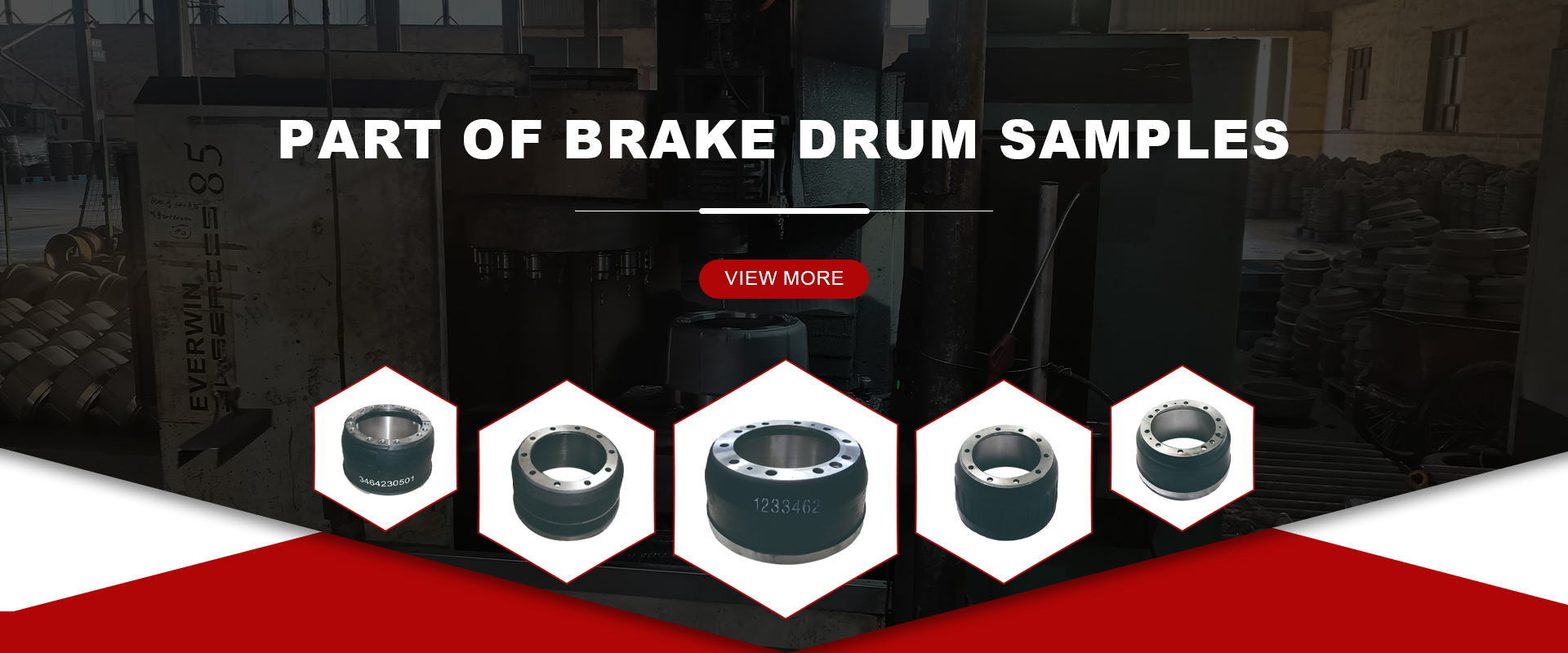Nov . 11, 2024 08:14 Back to list
how to remove rusty brake drums
How to Remove Rusty Brake Drums
Rusty brake drums can be a significant issue for your vehicle's braking system, affecting performance and safety. If you’re facing this problem, it’s essential to address it promptly. This article will guide you through the process of removing rusty brake drums from your vehicle, ensuring you can restore optimal braking function effectively.
Tools and Materials Needed
Before beginning the process, gather the following tools and materials
1. Jack and jack stands 2. Lug wrench 3. A basic socket set 4. Brake cleaner 5. Wire brush or sandpaper 6. Rust remover or penetrating oil 7. Safety goggles and gloves 8. A rubber mallet 9. New brake shoes (if needed)
Step-by-Step Instructions
1. Safety First
Ensure you are working in a well-ventilated area. Wear safety goggles and gloves to protect yourself from dust and rust particles.
2. Lift the Vehicle
Use the jack to lift the vehicle off the ground, then securely position jack stands beneath the vehicle. Ensure the car is stable before proceeding.
Using the lug wrench, loosen and remove the lug nuts on the wheel covering the brake drum. Once the lug nuts are removed, take off the wheel and set it aside.
4. Inspect the Brake Drum
Examine the brake drum for rust and damage. If the rust is minimal and superficial, it may be possible to clean it rather than replace it. However, if the drum is heavily corroded or damaged, consider replacing it altogether.
how to remove rusty brake drums

5. Remove the Brake Drum
If the drum is stuck due to rust, apply a penetrating oil around the edges and let it sit for at least 10-15 minutes. Then use a rubber mallet to gently tap around the drum’s perimeter. This should help loosen any rust or corrosion that may be holding it in place. If it still does not budge, repeat the process with more penetrating oil.
6. Clean the Surface
Once you’ve successfully removed the drum, use a wire brush or sandpaper to scrub off any rust or residue from both the drum and the backing plate. Be thorough, as debris can impact the performance of your new components.
7. Inspect and Replace Components
Check the brake shoes and other components for wear or damage. If they are worn down, it’s advisable to replace them while you have the drum off. Install the new brake shoes according to the manufacturer’s instructions.
8. Install the Brake Drum
Once everything is clean and any necessary components are replaced, carefully slide the brake drum back onto the hub. Ensure that it fits snugly and rotates freely without excessive dragging.
9. Reattach the Wheel
Place the wheel back onto the hub and hand-tighten the lug nuts. Once the wheel is in place, lower the vehicle back to the ground and use the lug wrench to tighten the lug nuts securely in a crisscross pattern to ensure even pressure.
10. Final Check After completing the installation, perform a final check by pressing the brake pedal a few times to seat the brake shoes against the drum. Also, make a short test drive to ensure everything is functioning properly.
Conclusion
Removing rusty brake drums may seem daunting, but following these steps can help you manage the task safely and effectively. Regular maintenance and inspection of your braking system can prevent rust build-up and ensure your vehicle remains safe on the road. If you encounter issues beyond your comfort level, don’t hesitate to consult a professional mechanic to assist you. Remember, your safety relies on a well-functioning brake system!
-
High-Quality Brake Drum MAZ – Durable Drum Brake Drum & Brake Drum and Brake Shoe Solutions
NewsJul.05,2025
-
High-Quality Brake Drum Iveco - Durable Drum Brake Drum & Brake Shoe Solutions
NewsJul.05,2025
-
High-Quality Brake Drum MAZ – Durable Drum Brake Drum & Brake Drum and Brake Shoe Solutions
NewsJul.04,2025
-
Brake Drum Man - High-Quality Drum Brake Drums & Brake Shoes for Reliable Performance
NewsJun.24,2025
-
High-Quality Brake Drum Kamaz – Durable Drum Brake Drum & Brake Shoe Replacement
NewsJun.10,2025
-
High-Quality Brake Drum Liza for Drum Brake Systems - Superior Durability and Performance
NewsJun.10,2025
